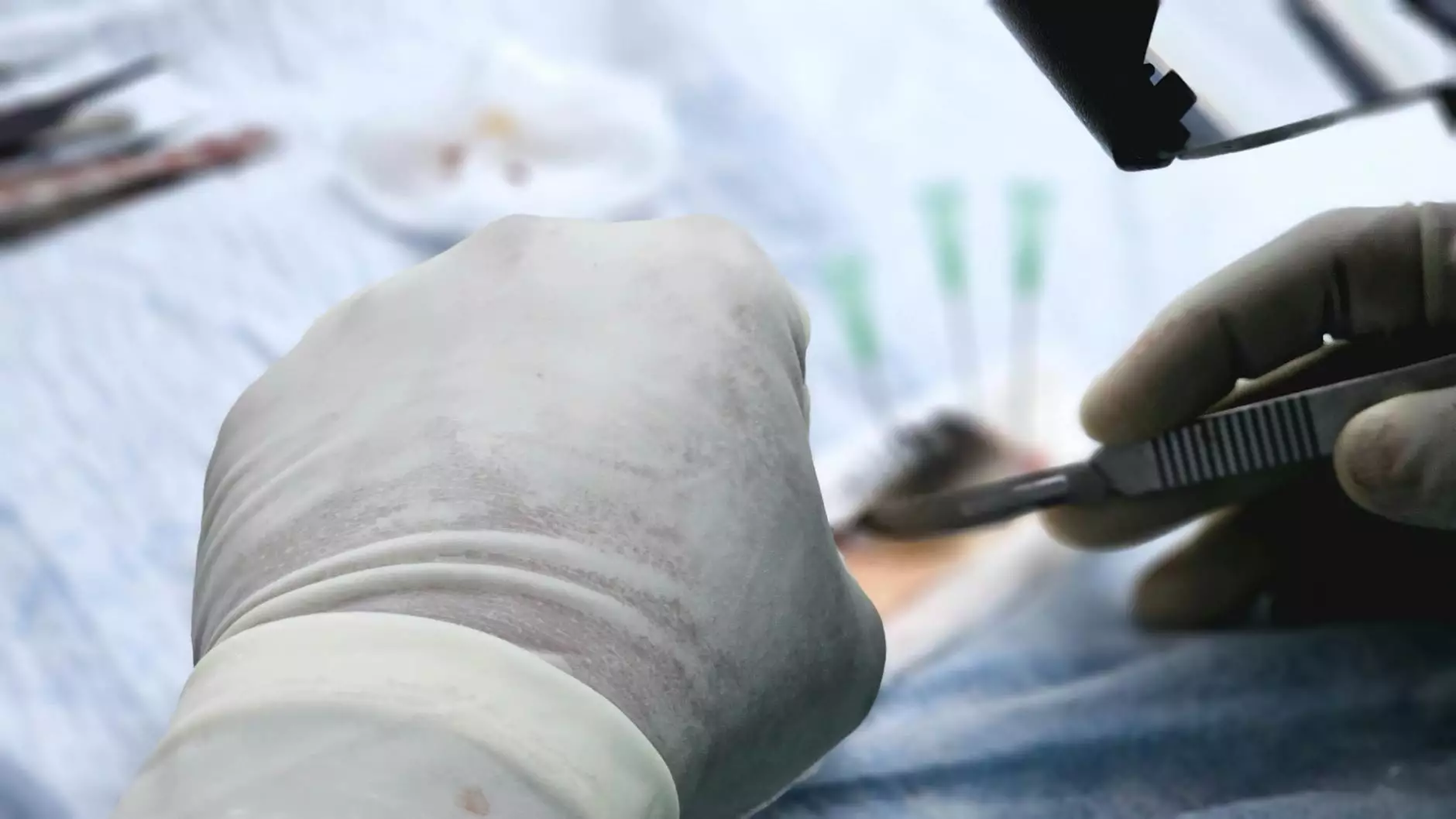Understanding Hair Transplant: A Comprehensive Guide

Hair loss can be a distressing experience for many individuals. It often impacts self-esteem and confidence, leading to a search for effective solutions. One of the most popular and effective methods for addressing hair loss is the hair transplant. This article aims to delve into the intricacies of hair transplants, offering a wealth of information to equip readers with the knowledge they need to make informed decisions.
What is a Hair Transplant?
A hair transplant is a surgical procedure that involves relocating hair follicles from a part of the body (the donor site) to bald or thinning areas (the recipient site). This method is primarily used for treating baldness in men and women. The two most prevalent techniques are:
- Follicular Unit Transplantation (FUT) - a strip of scalp is removed, and hair follicles are extracted from this strip.
- Follicular Unit Extraction (FUE) - individual hair follicles are extracted directly from the scalp.
Why Choose Hair Transplant?
The decision to undergo a hair transplant can be life-changing. Here are several benefits associated with this procedure:
- Natural Appearance: The results look natural, as transplanted hair grows like your original hair.
- Permanent Solution: Unlike temporary solutions like wigs or hairpieces, hair transplants offer a long-term solution to hair loss.
- Boosted Confidence: Many patients report improved self-esteem and confidence following their procedures.
- Minimal Maintenance: Once the hair has fully grown, it requires no special maintenance beyond regular hair care.
Who is a Suitable Candidate for a Hair Transplant?
While hair transplants can be effective for many, not everyone is a suitable candidate. Here are the factors that determine candidacy:
- Type of Hair Loss: Ideal candidates are those with androgenetic alopecia (common male/female pattern baldness).
- Age: Younger individuals may not be ideal candidates as their hair loss pattern may continue to evolve.
- Hair Health: Sufficient healthy hair follicles are required in the donor area.
- Realistic Expectations: Candidates should have realistic expectations about the outcomes of the procedure.
Consultation Process
Before undergoing a hair transplant, a consultation with a qualified specialist is essential. During this consultation, the following will typically occur:
- Medical History Review: The doctor will assess your medical history to identify any factors that could affect the surgery.
- Scalp Examination: A thorough examination of your scalp to assess the level of hair loss.
- Discussion of Options: The surgeon will discuss the best transplant technique suitable for you based on your unique needs and hair loss pattern.
- Cost and Financing: The cost of the procedure will be discussed along with possible financing options.
The Hair Transplant Procedure: Step-by-Step
The procedure lasts several hours to a day, depending on the method and number of grafts. Here is a detailed overview of the process:
Step 1: Preparation
On the day of the surgery, the patient may have to refrain from certain medications, and the area of the scalp will be prepared. Local anesthesia is administered to minimize discomfort.
Step 2: Donor Hair Extraction
Depending on the method chosen:
- For FUT, a strip of scalp is taken from the donor area.
- For FUE, individual follicles are carefully harvested using a punch tool.
Step 3: Graft Preparation
After extraction, the hair grafts are prepared for transplantation. This involves separating the follicles and placing them in a special solution to keep them viable.
Step 4: Recipient Site Creation
The surgeon will create tiny holes or slits in the bald areas of the scalp. The angle and direction of these sites are crucial for achieving a natural look.
Step 5: Transplantation
Lastly, the prepared hair grafts are meticulously inserted into the recipient sites. The surgeon ensures that the transplanted hairs are aligned correctly to match the natural growth pattern.
Aftercare Following a Hair Transplant
Proper aftercare is vital for the success of a hair transplant. Here are some essential aftercare tips:
- Avoid Touching: Refrain from touching or scratching the transplanted area for several days.
- Sleep Position: Sleep on your back and keep your head elevated to avoid direct pressure on the grafts.
- Medications: Follow your doctor’s instructions regarding post-surgery medication.
- Shampooing: Use a gentle, doctor-approved shampoo and avoid washing your hair for a few days post-surgery.
Expected Results: What to Anticipate
After a hair transplant, it is common to experience shedding of the transplanted hair in the first few weeks. However, new growth typically begins around the three to six-month mark. Full results can be seen within 12 to 18 months. It's important to maintain realistic expectations and understand that results may vary based on individual factors.
Cost of Hair Transplants
The cost of a hair transplant can vary significantly based on various factors such as the technique used, the extent of hair loss, and the geographic location of the clinic. On average, costs can range from $4,000 to $15,000. It's advisable to inquire about financing options or payment plans to make the procedure more affordable.
Choosing the Right Clinic
Selecting the right clinic for your hair transplant is crucial. Consider the following factors:
- Board Certifications: Ensure the surgeon is board-certified and specializes in hair restoration.
- Before and After Photos: Request to see portfolios of previous patients to gauge the surgeon’s skill.
- Patient Reviews: Look for testimonials and reviews from previous patients to assess their satisfaction.
- Consultation: A thorough initial consultation can help evaluate the clinic’s professionalism and expertise.
Future Trends in Hair Transplant Technology
The field of hair restoration is continuously evolving. Some cutting-edge developments to keep an eye on include:
- Robotic Hair Transplants: Advanced robotic systems that assist in hair transplant procedures with precision.
- Stem Cell Therapy: Exploration of using stem cells to regenerate hair follicles.
- Platelet-Rich Plasma (PRP): Utilizing PRP injections to enhance hair growth and recovery after transplants.
Final Thoughts
Deciding to undergo a hair transplant is a significant decision that requires careful consideration. It is essential to conduct thorough research, consult with qualified professionals, and understand both the benefits and risks associated with the procedure. Remember, a hair transplant can be a transformative experience, paving the way toward renewed confidence and self-esteem.
Contact Us
If you’re considering a hair transplant and need expert guidance, feel free to reach out to us at The Wellcome. Our team of experienced professionals is here to provide personalized advice and support you throughout your hair restoration journey.









